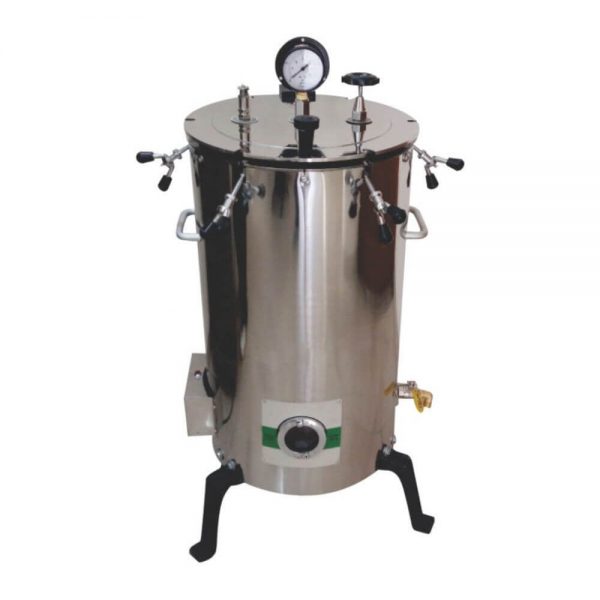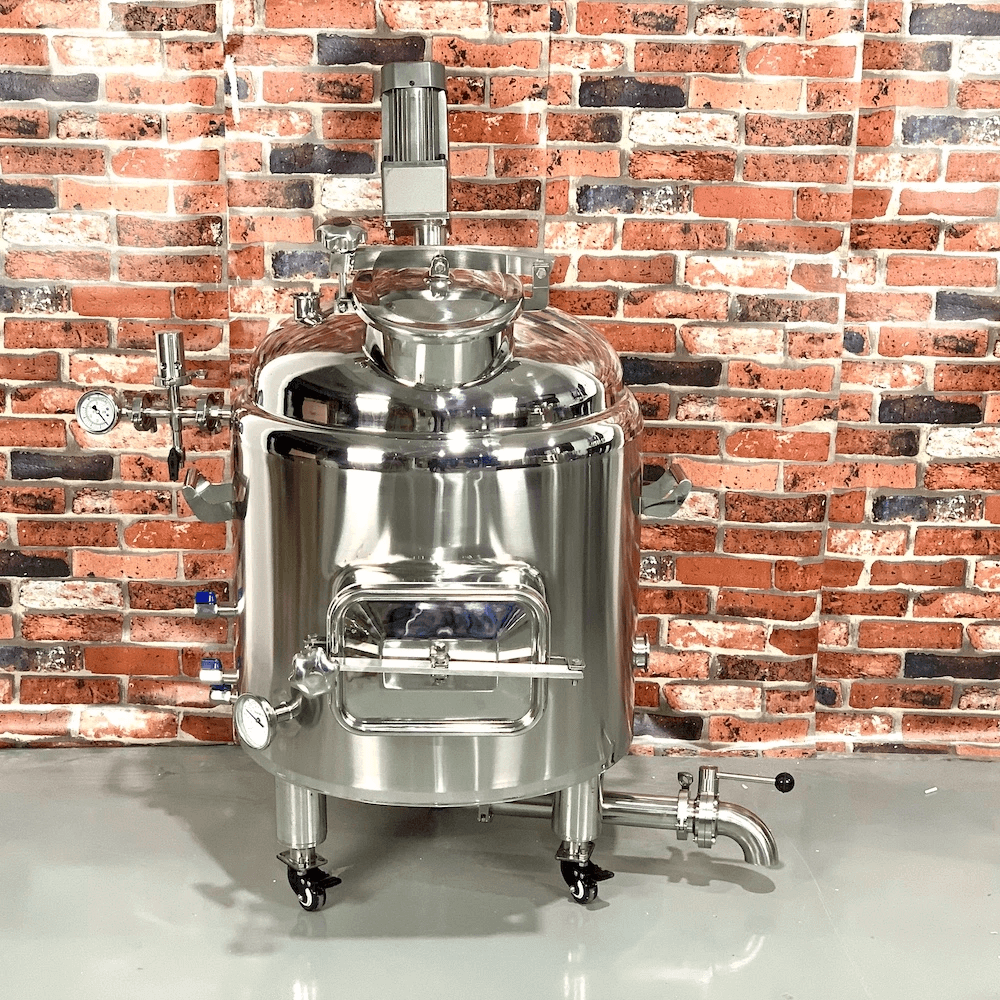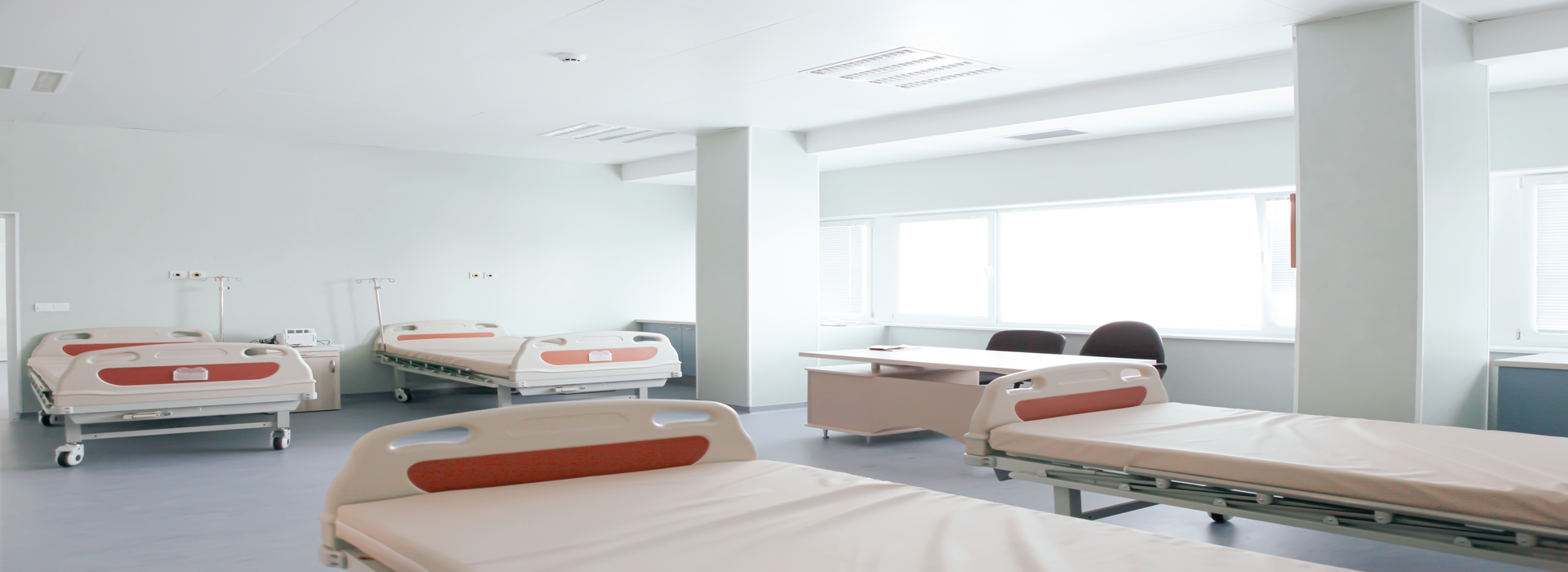
FEATURES
Effective for Sterilization and Decontamination in a Laboratory, Research Center or Testing Facility.
System is designed to perform gravity displacement sterilization cycles and can be optionally fitted with a vacuum system to perform pre-vacuum sterilization cycles thereby offering maximum flexibility to the user.
System is controlled by a PLC and is provided with a user-friendly operator terminal.
Wide range of options are available for batch documentation, which comply with the recent regulatory requirements.
- Product Characteristics
- How it works
- Equipment Components
- Available Sizes
- How to make use of it
- Flexible range of models for different user requirements.
- Automatic locking an unlocking of door for high safety.
- Steam generation outside chamber for best results.
- Baskets for ergonomic loading and unloading.
- High precision control system for perfect sterilization results.
- Password protection allows for secure access control.
- Independent temperature and pressure monitoring.
- Cycle information recovery in the case of power failure or cycle interruption.
- Fail Alert – Indicates cycle failure or interruption.
- Door Alert – Indicates the door is unlocked.
- The autoclave works on the principle of moist heat sterilization where steam under pressure is used to sterilize the material present inside the chamber.
- The high pressure increases the boiling point of water and thus helps achieve a higher temperature for sterilization.
- Water usually boils at 100°C under normal atmospheric pressure (760 mm of Hg); however, the boiling point of water increases if the pressure is to be increased.
- Similarly, the high pressure also facilitates the rapid penetration of heat into deeper parts of the material, and moisture present in the steam causes the coagulation of proteins causing an irreversible loss of function and activity of microbes.
- This principle is employed in an autoclave where the water boils at 121°C at the pressure of 15 psi or 775 mm of Hg.
- When this steam comes in contact with the surface, it kills the microbes by giving off latent heat.
- The condensed liquid ensures the moist killing of the microbes.
- Once the sterilization phase is completed (which depends on the level of contamination of material inside), the pressure is released from the inside of the chamber through the whistle.
- The pressure inside the chamber is then restored back to the ambient pressure while the components inside remain hot for some time.
- Pressure Chamber
- The pressure chamber is the main component of a steam autoclave consisting of an inner chamber and an outer jacket.
- The inner chamber is made up of stainless steel or gunmetal, which is present inside the out chamber made up of an iron case.
- The autoclaves used in healthcare laboratories have an outer jacket that is filled with steam to reduce the time taken to reach the sterilization temperature.
- The inner chamber is the case where the materials to be sterilized are put.
- The size of the pressure chamber ranges from 100 L to 3000 L.
- Lid
- The next important component of an autoclave is the lid or door of the autoclave.
- The purpose of the lid is to seal off the outside atmosphere and create a sterilized condition on ht inside of the autoclave.
- The lid is made airtight via the screw clamps and asbestos washer.
- The lid consists of various other components like:
- A pressure gauge is present on the lid of the autoclave to indicate the pressure created in the autoclave during sterilization and is essential as it assures the safety of the autoclave and the working condition of the operation.
- Whistle
- A whistle is present on the lid of the autoclave is the same as that of the pressure cooker and controls the pressure inside the chamber by releasing a certain amount of vapor by lifting itself.
- Safety valve
- Is present on the lid of the autoclave, which is crucial in cases where the autoclave fails to perform its action or the pressure inside increases uncontrollably.
- The valve has a thin layer of rubber that bursts itself to release the pressure and to avoid the danger of explosion.
- Steam Generator
- An electrical steam generator or boiler is present underneath the chamber that uses an electric heating system to heat the water and generate steam in the inner and the outer chamber.
- The level of water present in the inner chamber is vital as if the water is not sufficient; there are chances of the burning of the heating system.
- Similarly, if the water is more than necessary, it might interfere with the trays and other components present inside the chamber.
Single Drum Autoclave:
- 12″ x 12″ with 2KW heater
- 16″ x 14″ with 2 KW heater
Double Drum Autoclave
- 12″ x 20″ with 3 KW heater
- 16″ x 24″ with 4 KW heater
Autoclaves are important devices to ensure the sterilization of materials containing water as they cannot be sterilized by dry heat sterilization. Besides, autoclaves are used for various other purposes.
- They are used to decontaminate specific biological waste and sterilize media, instruments, and labware.
- Regulated medical waste that might contain bacteria, viruses, and other biological materials is recommended to be inactivated by autoclaving before disposal.
- In medical labs, autoclaves are used to sterilize medical equipment, glassware, surgical equipment, and medical wastes.
- Similarly, autoclaves are used for the sterilization of culture media, autoclavable containers, plastic tubes, and pipette tips.
If you’re looking to purchase an autoclave to fulfill your application, please send us your requirements, application data, and desired autoclave accessories. Our technical representative will call you to explore your needs and generate a cost estimate.
Product Details
The steriliser works on the basis that saturated steam at high temperatures has a rapid and thorough bacterial activity. All models work on the idea of downward air displacement, which is the most cost-effective form of sterilising.

Construction
Triple walled steam jacket, with leak-proof argon welding, the inner chamber and steam jacket are composed of stainless steel. Lid S.S. is used to make this item. Ground levelling flanges are screwed to the autoclave, which is fixed on a tubular steel frame.

Pressure Control
All electrically operated sterilisers include a pressure control device. It saves energy by reducing the number of times the steam release valve is opened and preventing steam from entering the room.
Operating Pressure & Temperature
120° C sterilising temperature. 1.2 to 1.5 Kg/cm2 sterilising pressure (15 psi-20 psi).
Power: Suitable for use with a 440V, 3 phase, 50 Hz AC supply.
- Salient Features
- Specification
- The use of a vacuum system to remove air from within the chamber ensures that no air pockets obstruct the steam penetration and hence the sterilising process.
- Standard 121°C & 134°C cycles that are pre-programmed in the memory of the PLC / Microprocessor are used to sterilise a variety of hospital equipment such as gloves, linen, gauze, cotton, tools, glassware, and so on.
- For all models with a chamber volume of 1000 litres or less, an electrical steam generator is included.
- The temperature must be kept constant and exact throughout the chamber, within 0.5°C of the Set Sterilization temperature.
- Internal air-pressure stabilisation from vacuum using a 0.01-micron clean air-filter.
- When the chamber is under pressure, the door automatically locks. To ensure sterile chain integrity, both doors on double door models will not open at the same time.
- Safety valves for the jacket and chamber are included.
- The chamber is made of SS 304/S316 grade steel. The chamber is encircled and strengthened by a thick steel jacket.
- All machines can be ordered with traditional hinged doors or with Modern Automatic sliding doors.
- The chamber’s homogeneous and speedy pre-heating is ensured by the double-wall design.
- On request, a flush-mounted panel can be installed on the sterile side to ensure separation from the unmonitored operating environment.
- The SS 304 grade SS is used to built our high pressure Horizontal Cylindrical Autoclave
- The horizontal autoclave is built to last and is ideal for all types of bulk sterilisation jobs in the medical, agricultural, and pharmaceutical industries.
- Hospital dressing linen, rubber, plastic goods, surgical tools, glass wire, and other items can be sterilised in a horizontal cylindrical autoclave.
- The chamber’s homogeneous and speedy pre-heating is ensured by the double-wall design.
- The Horizontal Cylindrical Autoclave is triple walled, has a steam jacket, and is installed on a tubular stainless-steel frame with ground levelling bolted flanges. To reduce heat loss, the outer jacket is lined with mineral wool. Hydraulically, these sterilisers have been tested to withstand 2.5 times the working pressure.
- The steam generator is built of heavy gauge stainless steel sheet and is fixed in front of the boiler on a heavy ring with folding thick stainless-steel plate. It is equipped with a heating element and a low water level cut-off system to prevent the former from burning out.
- With the help of a “Multiport Valve” mounted on the front top, the entire sterilisation cycle may be controlled from a single location. On gauges installed on the multiport valve, the jacket and chamber pressures are easily legible.
- The steriliser is equipped with three levels of safety.
- At the boiler level, a PIEZOSTAT limits the pressure to the needed set valve and, in the event of its failure; a spring-loaded safety valve releases the steam to keep pressure within the safety limits.
- A spring-loaded safety valve and a dead weight release valve are installed at the chamber level to release steam if the pressure exceeds the safety limit. All of these safety features work independently of one another in the event of a failure.
- The discharge pipe is protected against choking by a plug screen. The plug may be readily removed for cleaning on a daily basis. The air is circulated throughout the chamber by a power ejector for drying sterilised lines. A corrosion-resistant metallic wool filter filters the circulating air. A steam trap is installed in the chamber discharge line to automatically remove the condensate.
- PID Controller operates fully automatically to display the chamber temperature.
- To break the vacuum created by steam condensation, an automatic vacuum breaker is provided.
If you’re looking to purchase an autoclave to fulfill your application, please send us your requirements, application data, and desired autoclave accessories. Our technical representative will call you to explore your needs and generate a cost estimate.
Watch Video


